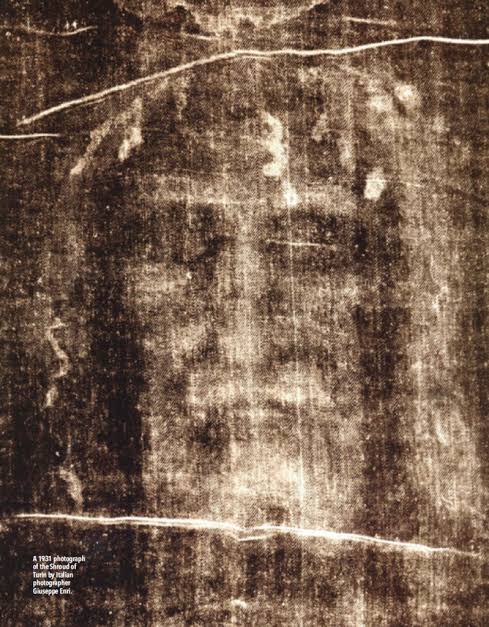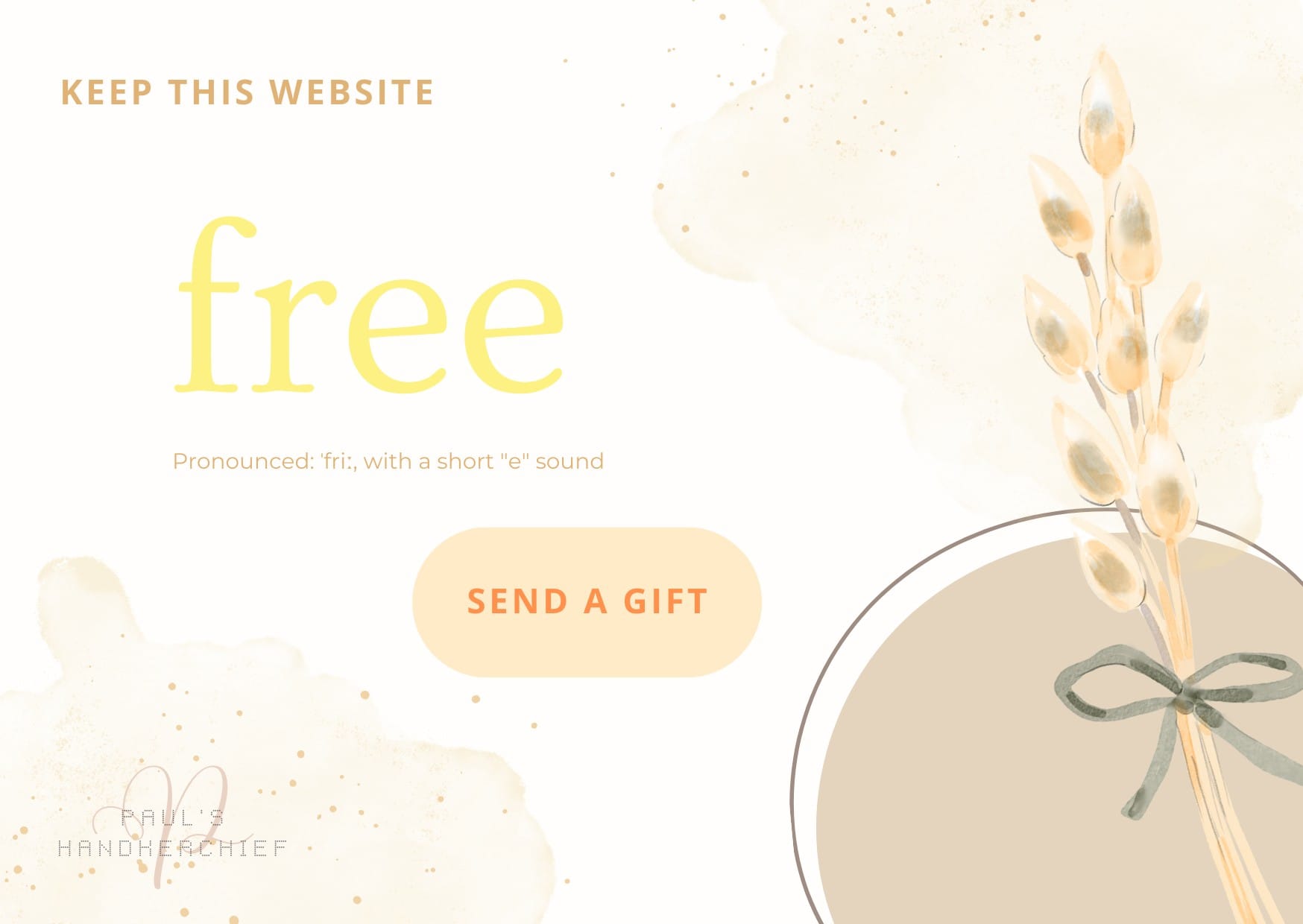1. Summary of the Question
The question, “Is the Shroud of Turin authentic?” revolves around one of the most debated relics in Christian history. The Shroud of Turin is a linen cloth bearing the image of a man who appears to have suffered physical trauma in a manner consistent with crucifixion. It is believed by some to be the burial shroud of Jesus Christ and recent studies have reignited the debate after dating the cloth to around the 1st century A.D – exactly the timing of Jesus’ crucifixion. However, the authenticity of the Shroud has been the subject of much scrutiny, scientific testing, and theological debate. This discussion will examine the historical and scientific context, relevant biblical teachings, and the broader implications of this question for faith and Christian living.
2. Context and Background
The Shroud of Turin is a linen cloth that measures approximately 14 feet by 3.5 feet and bears the faint image of a man who appears to have been scourged and crucified. The Shroud is named after the Italian city of Turin, where it has been kept in the Cathedral of Saint John the Baptist since 1578. Some believe that the Shroud is the actual burial cloth of Jesus Christ, described in the Gospels (Matthew 27:59; Mark 15:46; Luke 23:53; John 19:40).
Historical Background: The Shroud’s history can only be reliably traced back to the 14th century in France. Before that, there are gaps and uncertainties in its provenance. Various scientific tests, including carbon dating conducted in 1988, suggested that the cloth dates back to the Middle Ages (1260-1390), seemingly discrediting its authenticity as the burial cloth of Christ. However, these results have been challenged by claims of contamination, flawed methodology, and more recent studies suggesting that the Shroud’s origins could indeed be older.
Scientific Analysis: The image on the Shroud is a negative, meaning that it only becomes fully visible when viewed in a photographic negative. This unique property, along with the detailed portrayal of wounds consistent with crucifixion, has fascinated scientists, theologians, and historians. Various hypotheses have been proposed regarding how the image was formed, but there is no definitive explanation.
Cultural and Religious Significance: The Shroud holds significant religious meaning for many Christians who see it as a tangible connection to the crucifixion and resurrection of Jesus. However, others regard it as a medieval artifact or even a deliberate hoax. The Catholic Church has not officially declared the Shroud to be the authentic burial cloth of Christ, though it has permitted its veneration as an object of faith.
3. Biblical Foundation (NASB 2020)
The Bible does not provide direct evidence regarding the authenticity of the Shroud of Turin. However, some scriptural passages discuss the burial of Jesus and the use of linen cloths:
- Matthew 27:59 (NASB 2020): “And Joseph took the body and wrapped it in a clean linen cloth.”
This verse describes Joseph of Arimathea preparing Jesus’ body for burial, aligning with the tradition of using a linen cloth for burial. - John 19:40 (NASB 2020): “So they took the body of Jesus and bound it in linen wrappings with the spices, as is the burial custom of the Jews.”
John’s Gospel gives additional details about the burial process, mentioning multiple linen wrappings and spices, which raises questions about whether the Shroud, as a single cloth, fits this description. - John 20:6-7 (NASB 2020): “And so Simon Peter also came, following him, and he entered the tomb; and he saw the linen wrappings lying there, and the face-cloth which had been on His head, not lying with the linen wrappings, but folded up in a place by itself.”
This passage mentions multiple linen wrappings and a separate cloth for the face, suggesting that the burial of Jesus involved more than a single cloth like the Shroud of Turin.
While these verses provide details about the burial of Jesus, they do not provide conclusive evidence that the Shroud of Turin is or is not the actual burial cloth of Christ.
4. Addressing Other Perspectives
There are several perspectives on the Shroud of Turin’s authenticity:
- Support for Authenticity: Some believe that the Shroud is the genuine burial cloth of Jesus, citing the detailed depiction of wounds consistent with crucifixion and the image’s unique properties. Proponents argue that the 1988 carbon dating tests were flawed due to contamination or repair patches added in the Middle Ages. More recent studies using alternative dating methods, pollen analysis, and forensic techniques suggest a potential earlier origin for the Shroud.
- Skeptical Viewpoint: Skeptics argue that the Shroud is a medieval forgery, possibly created to attract pilgrims or serve as a religious relic. They point to the carbon dating results, the lack of documented history before the 14th century, and the discrepancies with biblical descriptions of Jesus’ burial as evidence against its authenticity.
- Symbolic Value: Some Christians view the Shroud not as an authentic relic but as a powerful symbol of the crucifixion and resurrection of Jesus. For them, the Shroud serves as a reminder of Christ’s suffering and the hope of resurrection, regardless of its historical origin.
5. Clarifying Misunderstandings
A common misconception is that if the Shroud of Turin is proven inauthentic, it would undermine the Christian faith. However, the Christian faith is not based on relics but on the life, death, and resurrection of Jesus Christ as recorded in Scripture (1 Corinthians 15:14). The value of faith does not depend on physical artifacts but on the reality of God’s work in history and in believers’ lives.
Another misunderstanding is that authenticating the Shroud would provide conclusive proof of the resurrection. While it could be seen as a supporting evidence, faith in the resurrection is ultimately a matter of spiritual conviction based on the witness of Scripture, the testimony of the early church, and the transformative experience of believers throughout history.
6. Practical Application and Relevance
Whether or not the Shroud of Turin is authentic, there are practical lessons for Christians:
- Focus on Christ, Not Relics: While historical artifacts can enrich one’s faith, the focus should always remain on Jesus Christ and His saving work. As believers, our faith is built on the truth of Scripture and the power of the Holy Spirit, not on physical objects (John 4:24).
- Appreciate the Mystery: The mystery of the Shroud of Turin invites believers to reflect on the reality of the crucifixion and resurrection. It encourages a deeper meditation on the suffering of Christ and the hope of eternal life.
- Balance Faith with Reason: The discussion around the Shroud of Turin is a reminder for Christians to engage both faith and reason. While science and history are valuable tools for understanding our faith, they are not the foundation. Christians are called to love God with all their mind (Matthew 22:37), which includes thoughtful engagement with such topics.
Practical reflections for Christians include:
- Deepen Your Understanding of the Crucifixion and Resurrection: Study the biblical accounts and meditate on the significance of Christ’s death and resurrection.
- Strengthen Faith in Christ, Not Artifacts: Remember that while artifacts can be fascinating, they are not the basis of Christian faith. Keep Jesus at the center.
- Engage in Meaningful Dialogue: Use discussions about the Shroud of Turin as opportunities to share the gospel and discuss the deeper meaning of faith in Christ.
7. Encouragement and Conclusion
The question of the Shroud of Turin’s authenticity remains unresolved, and Christians are free to hold different opinions on the matter. What is most important is not whether the Shroud is genuine, but that the life, death, and resurrection of Jesus Christ are real and transformative. Believers are encouraged to love what God loves, focusing on the core of the gospel message: that Christ died for our sins and was raised for our justification (Romans 4:25). Whether viewed as a historical artifact, a sacred relic, or a symbol, the Shroud of Turin can serve as a reminder of the profound mystery of Christ’s sacrifice and the hope of eternal life that He offers to all who believe.
Recent Studies on the Shroud of Turin
New research has sparked renewed interest and debate regarding the Shroud of Turin’s authenticity as Jesus Christ’s burial cloth. Key findings include:
Dating and Material Analysis
- Wide-angle X-ray scattering (WAXS) suggests a 1st century AD origin, contradicting the 1988 carbon dating results.
- Isotope tests indicate Middle Eastern flax was used, supporting historical authenticity claims.
Bloodstain Examination
- Bloodstain patterns align with crucifixion and burial practices described in the Gospels.
- Nanoparticles in the blood suggest extreme physical stress, consistent with accounts of torture and crucifixion.
Historical Context
- Pollen traces from Jerusalem provide additional evidence for the Shroud’s Middle Eastern origin.
- The artifact has been a subject of fascination and debate for centuries.
Despite these findings, the Vatican has not officially confirmed the Shroud’s authenticity, and scientific discussions continue.
Note: While these studies present intriguing evidence, it’s important to approach the topic with critical thinking. The Shroud of Turin remains a subject of ongoing research and debate in both scientific and religious communities.



